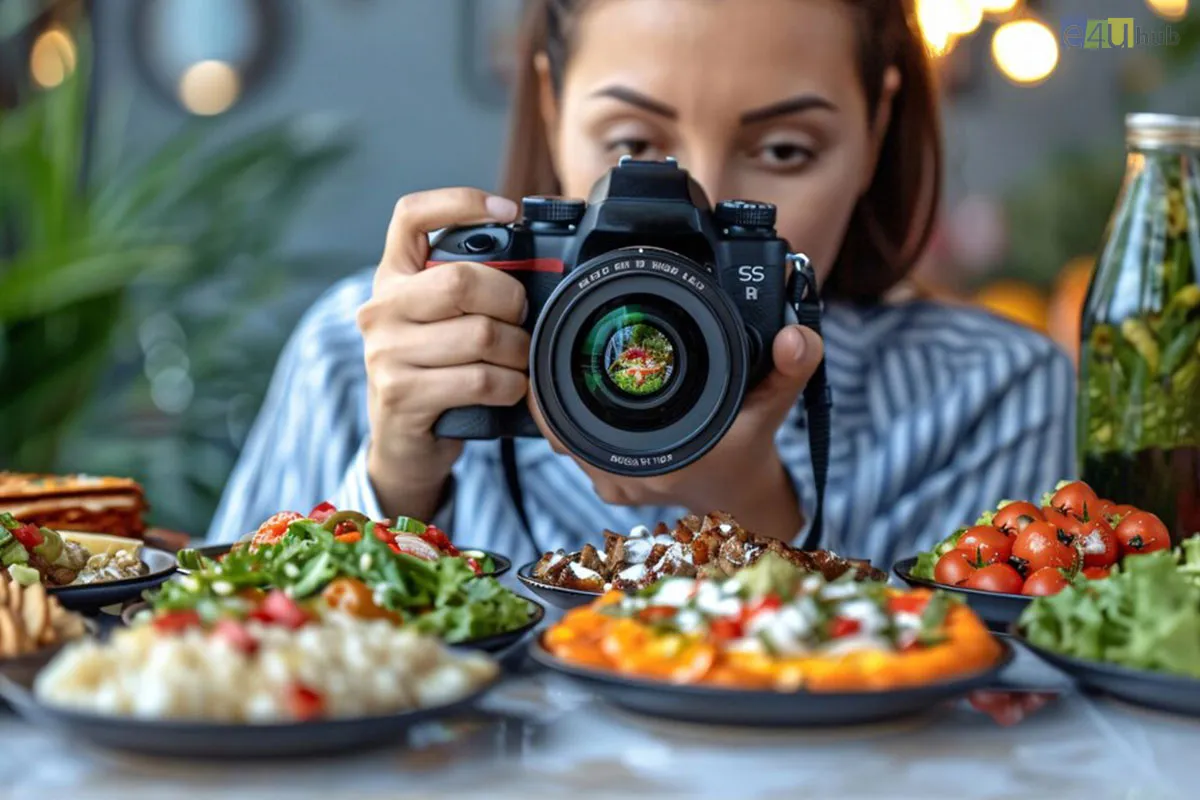
The Ultimate Guide To Food Photography In 2024
- 25 Jun, 2024
- Food
- 650 Views
- 0 Comments
Food photography has become essential for bloggers, influencers, chefs, and food enthusiasts alike. With the rise of social media platforms like Instagram and Pinterest, visually appealing food photos are more important than ever. Whether you're a seasoned pro or just starting, here’s your ultimate guide to food photography in 2024.
1. Understanding the Basics
a. Lighting is Key
Natural light is your best friend when it comes to food photography. Aim to shoot near a window or outside to make the most of soft, diffused light. Avoid direct sunlight, which can create harsh shadows and highlights.
b. Choose the Right Gear
While smartphones have significantly improved their camera capabilities, investing in a DSLR or mirrorless camera can provide more control and better quality. Pair it with a versatile lens, such as a 50mm prime or a macro lens, to capture intricate details.
c. Stabilize Your Shots
Use a tripod to keep your camera steady and avoid blurry images. This is especially useful in low-light conditions or when shooting at slower shutter speeds.
2. Composing Your Shots
a. Rule of Thirds
Imagine your frame divided into nine equal parts by two horizontal and two vertical lines. Place the key elements of your composition along these lines or at their intersections to create a balanced and engaging image.
b. Angles Matter
You can just experiment with different angles to find the most flattering perspective for your dish. Overhead shots work well for flatlays, while a 45-degree angle often highlights the texture and layers of food.
c. Backgrounds and Props
You can choose backgrounds and props that complement the food without overpowering it. Neutral colors and simple patterns work best. Wooden boards, marble slabs, and textured fabrics can add a rustic or elegant touch to your photos.
3. Styling Your Food
a. Keep It Fresh
Use the freshest ingredients to make your dishes look vibrant and appealing. Garnish with fresh herbs, sprinkle spices, or add a drizzle of sauce to enhance visual interest.
b. Less is More
Avoid overcrowding your frame. Allow some negative space to let the food be the star of the shot. Minimalism can often make your photos look more sophisticated.
c. Color Coordination
Think about color theory when styling your food. Complementary colors can make your dishes pop, while analogous colors create harmony. For example, pairing green herbs with red tomatoes can make both colors stand out.
4. Post-Processing Tips
a. Editing Software
Use editing software like Adobe Lightroom or Photoshop to enhance your photos. Adjustments to exposure, contrast, and saturation can make a significant difference. There are also mobile apps like VSCO and Snapseed for quick edits on the go.
b. Consistency is Key
Maintain a consistent editing style to create a cohesive look for your portfolio or social media feed. This could involve using similar filters, color schemes, or lighting adjustments.
c. Sharpening and Detail Enhancement
Ensure your images are crisp by sharpening them selectively. Highlight the details in your food to make textures like crispy edges or juicy interiors stand out.
5. Trends in 2024
a. Sustainability
With increasing awareness of sustainability, showcasing eco-friendly practices through your food photography is a growing trend. Use reusable props, organic ingredients, and highlight farm-to-table stories.
b. Behind-the-Scenes Shots
In 2024, audiences are craving authenticity. Behind-the-scenes shots of the cooking process, the messiness of the kitchen, and the human touch can add a relatable and genuine feel to your portfolio.
c. Interactive Content
Interactive content, such as 360-degree photos or short video clips (like Instagram Reels or TikToks), is gaining popularity. These formats engage viewers and offer a dynamic way to showcase your culinary creations.
6. Building Your Brand
a. Social Media Presence
Consistently posting high-quality food photos on platforms like Instagram, Pinterest, and Facebook can help build your brand. Engage with your audience through stories, live sessions, and comments to create a loyal following.
b. Networking
Collaborate with other food photographers, bloggers, and local businesses to expand your network. Attend food photography workshops, participate in online communities, and stay connected with industry trends.
c. Portfolio Development
Create an online portfolio to showcase your best work. A well-curated website can attract potential clients, brands, and collaborations. Ensure your portfolio highlights your unique style and versatility.
Conclusion
Food photography in 2024 is about more than just capturing a pretty picture. It’s about storytelling, authenticity, and engaging your audience. By mastering the basics, experimenting with new trends, and building a strong brand, you can elevate your food photography to new heights. Happy shooting!


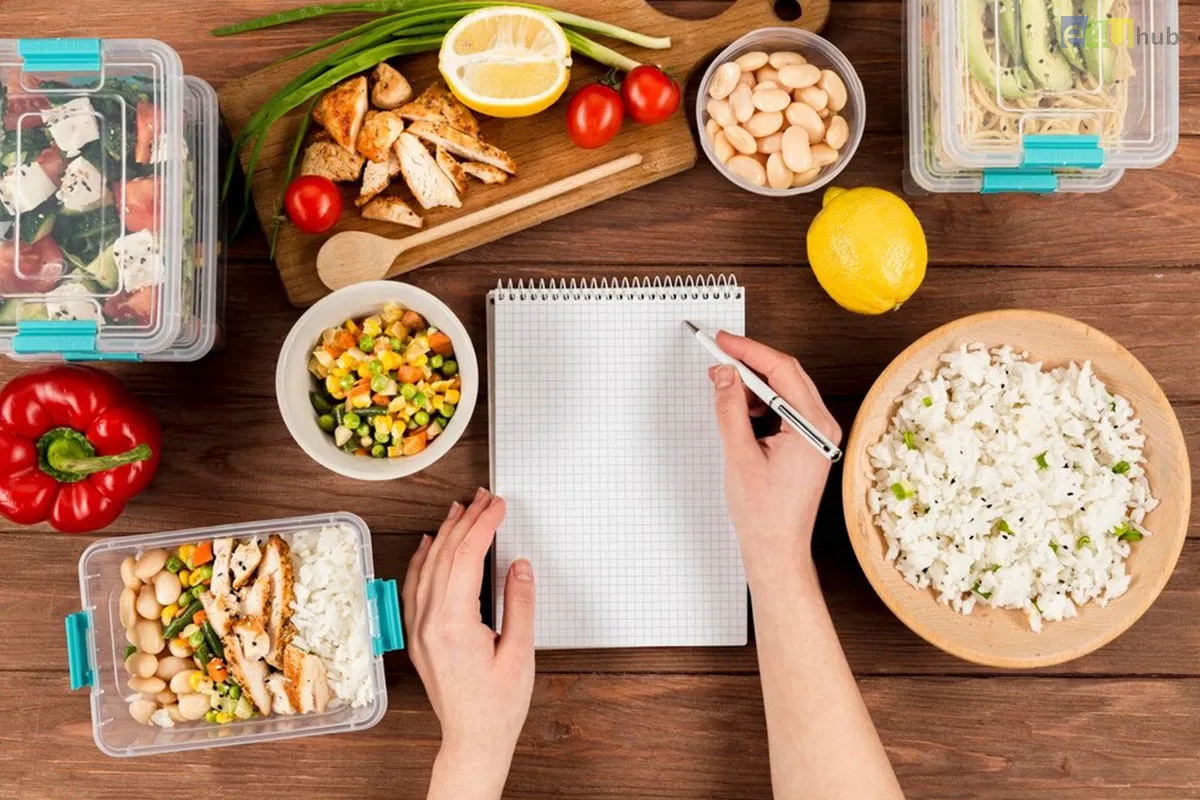

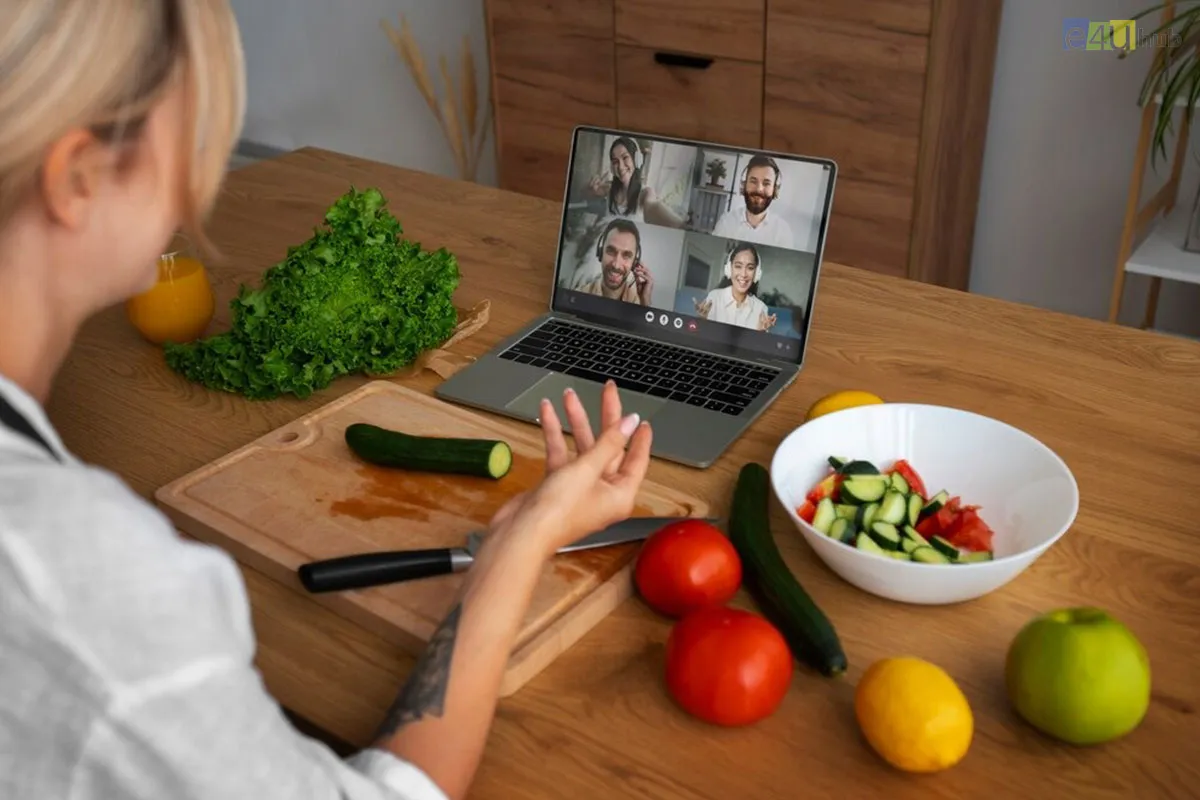



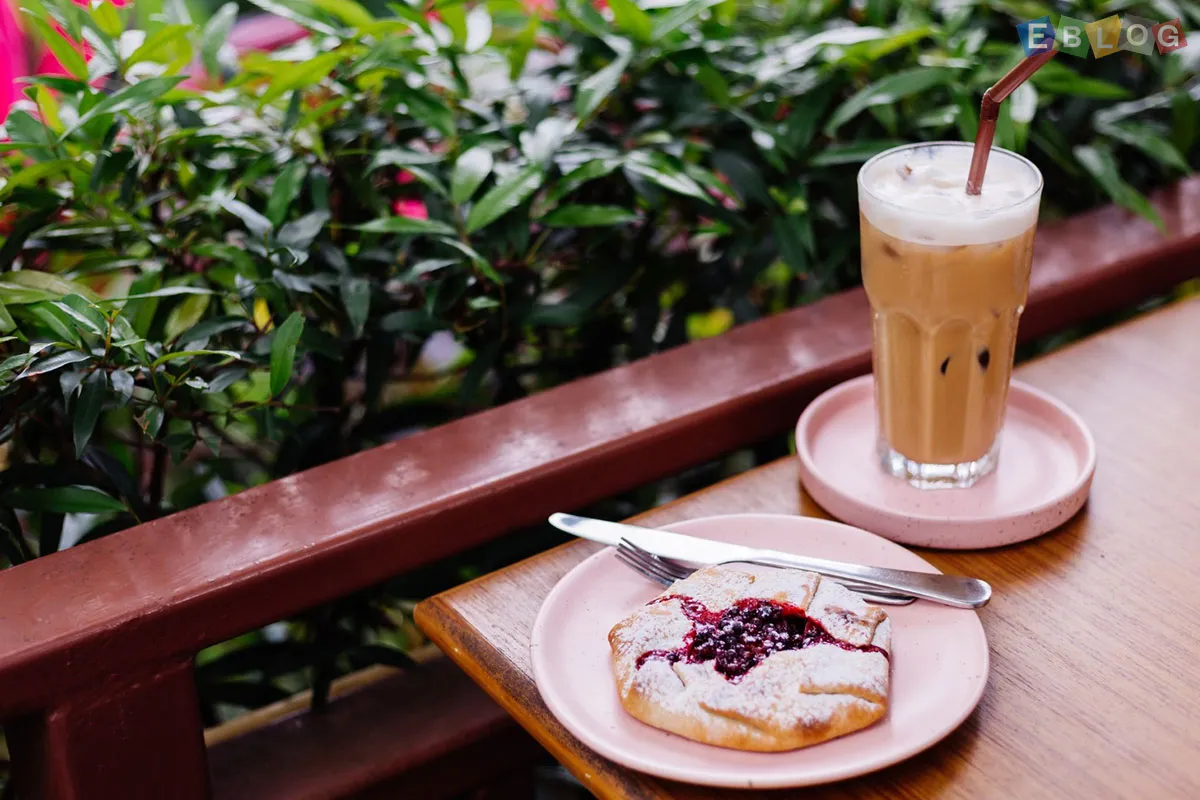

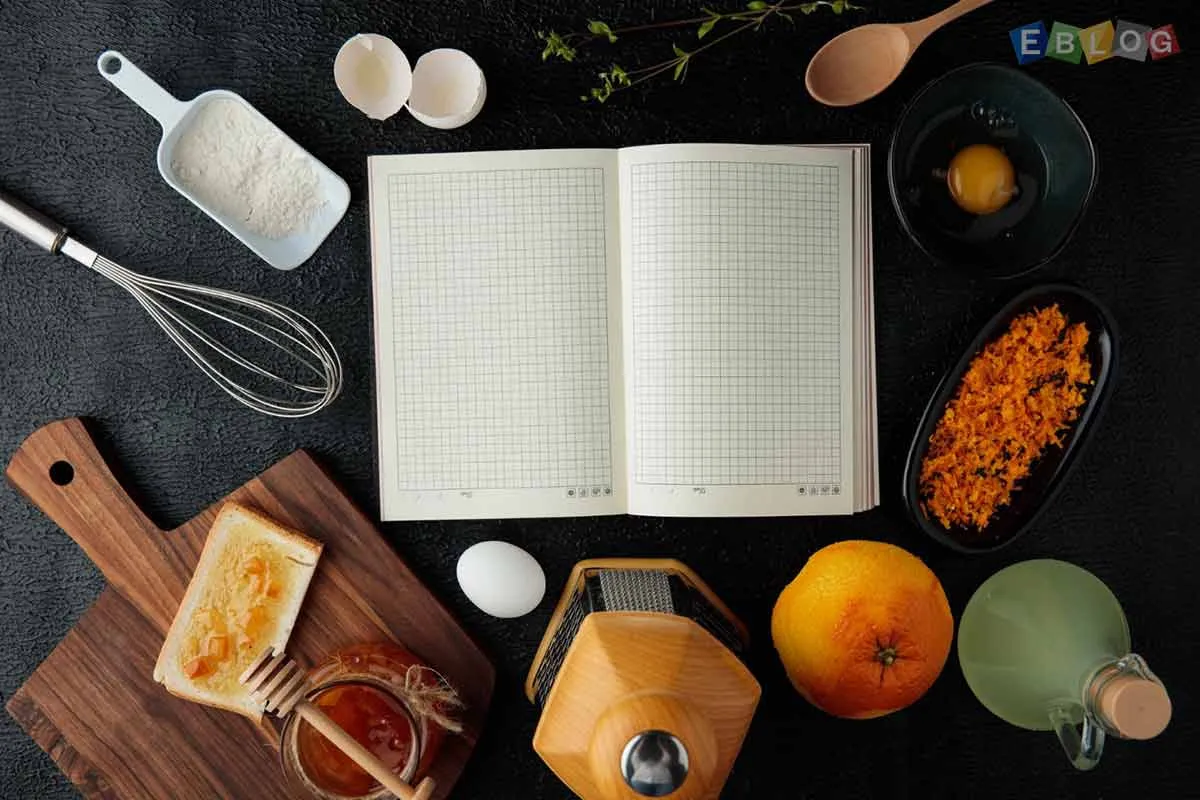

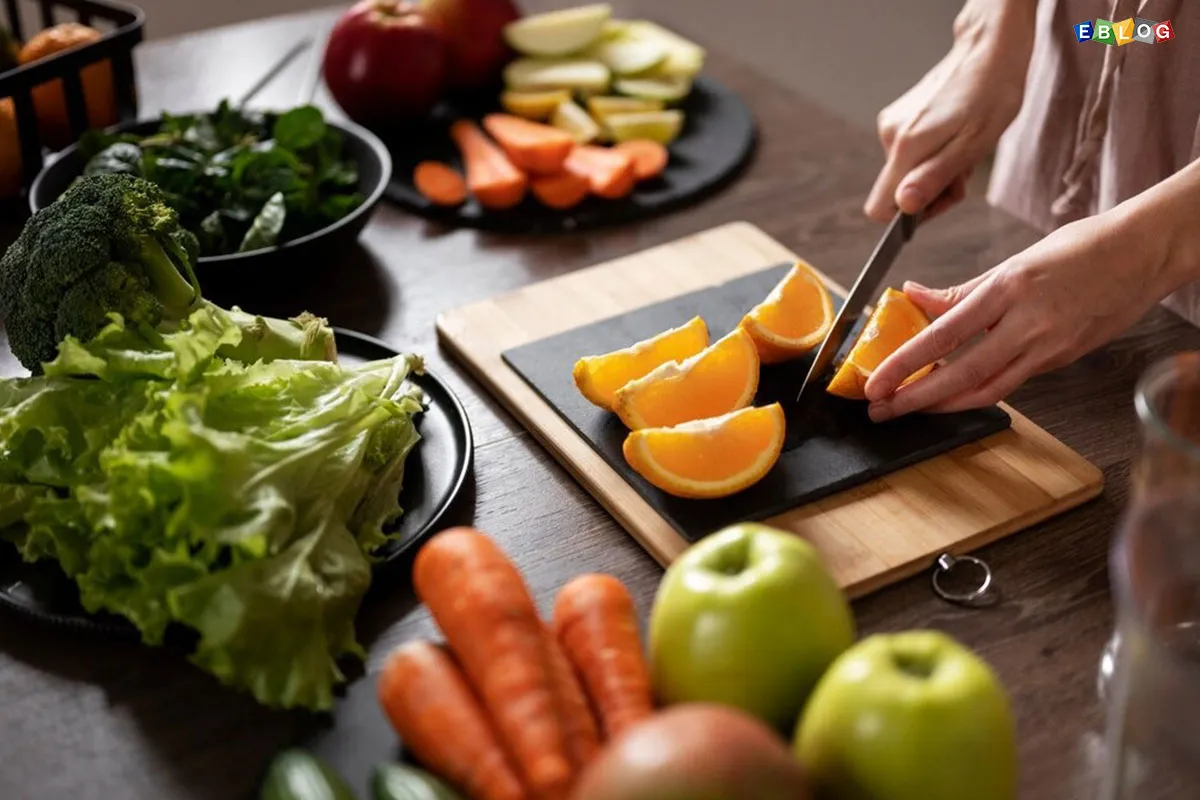

Leave a Reply